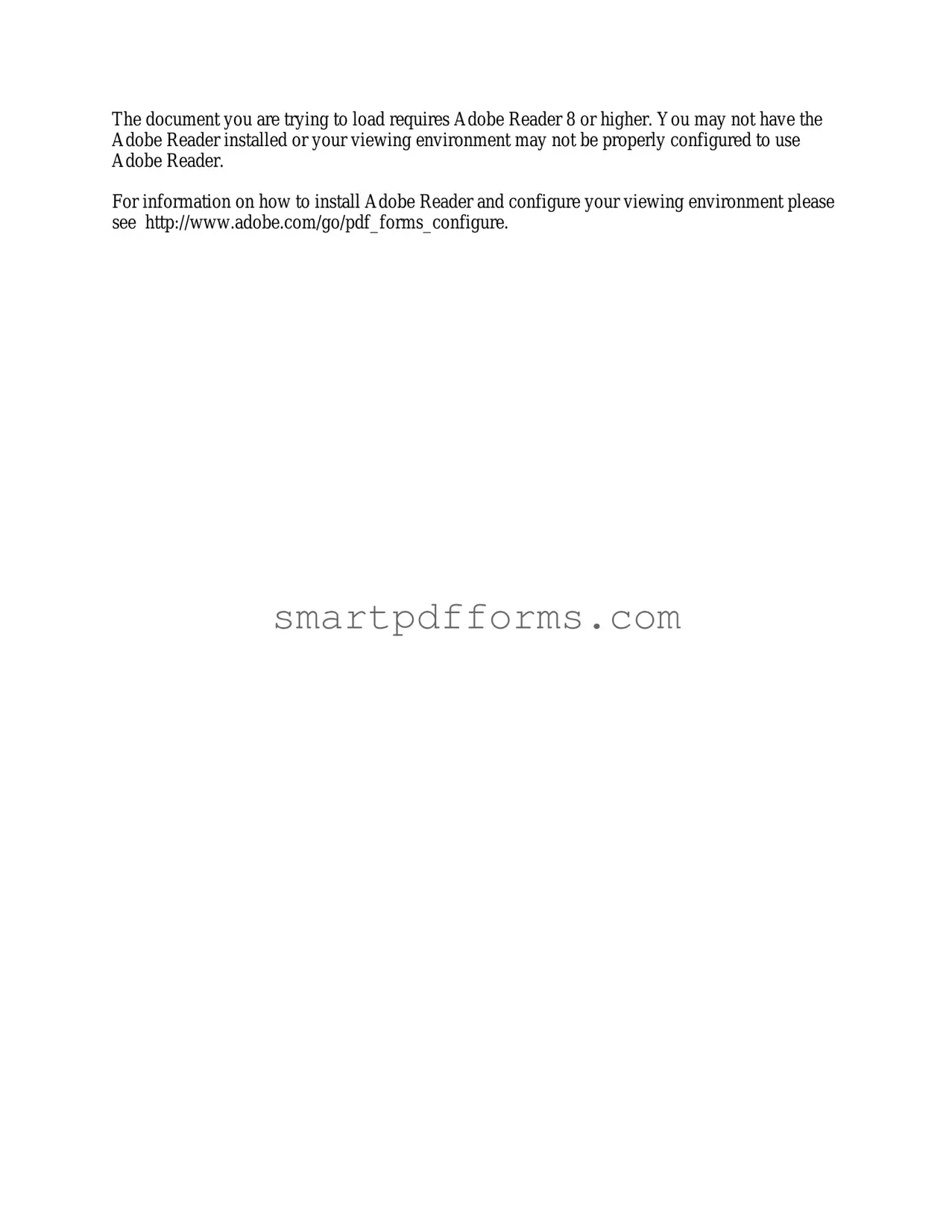The State of California's Department of Transportation plays a crucial role in ensuring that infrastructure projects meet stringent quality and compliance standards through forms like CEM-3101, "Notice of Materials to Be Used." Designed to streamline the approval process of materials for construction projects, the CEM-3101 form necessitates detailed information about the sources of materials contractors plan to use, covering everything from the type and quantity of materials to the manufacturer's details. This system not only facilitates the efficient submission and review of necessary materials but also mandates contractor compliance with Section 6 of the Standard Specifications, ensuring that all materials incorporated into the work conform to contract plans and specifications. With an emphasis on responsibility for the materials' quality resting on the contractor’s shoulders, the process includes provisions for sampling, testing, and inspection, albeit without absolving the prime contractor of their overarching obligation to deliver materials that meet all contractual requirements. Furthermore, the form's need for submission to both the district construction office and the Materials Engineering & Testing Services underscores the collaborative approach taken by state authorities to uphold construction standards. This comprehensive mechanism, culminating in the significance of the CEM-3101 form, underscores an integral part of California's commitment to maintaining high-quality infrastructure development, safeguarding the interests of both the state and its residents.
